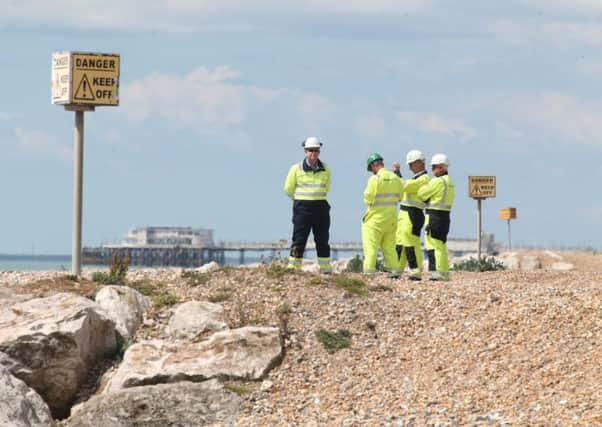Unexploded WW2 ordnance found during wind farm construction to be detonated


Wind farm owner E.ON confirmed that the two devices, detected along the Rampion offshore cable route in March, would be disposed of between Tuesday and Thursday once the necessary site clearing has taken place.
Thought to date from the Second World War, the devices are located on the seabed, 3km off Lancing Beach at a depth of 13m.
Advertisement
Hide AdAdvertisement
Hide AdThey were discovered during unexploded ordnance (UXO) surveys which are carried out as protocol during offshore construction.
The two controlled explosions will happen between Tuesday and Thursday during daylight hours, subject to logistics and weather conditions.
Chris Tomlinson, E.ON Development Manager for the Rampion Offshore Wind Farm, said: “Since the discovery we’ve been working with experts to determine the best course of action to clear the site and a routine controlled explosion is now due to take place.
“We don’t know if there will be much to see as it will depend on sea conditions and whether the explosive material has degraded over time. However as ever safety remains our highest priority and we request that anyone wishing to watch proceedings stays on the beach.”
Advertisement
Hide AdAdvertisement
Hide AdA 500m exclusion zone to sea users was put in place once the ordnance was detected. Commercial and recreational sea users have been informed of the planned detonation and a 2km radius safety exclusion zone has been put in place that will be monitored during the event.
The 400MW Rampion Offshore Wind Farm is being built 13km off the Sussex coast and is due to be completed in 2018.